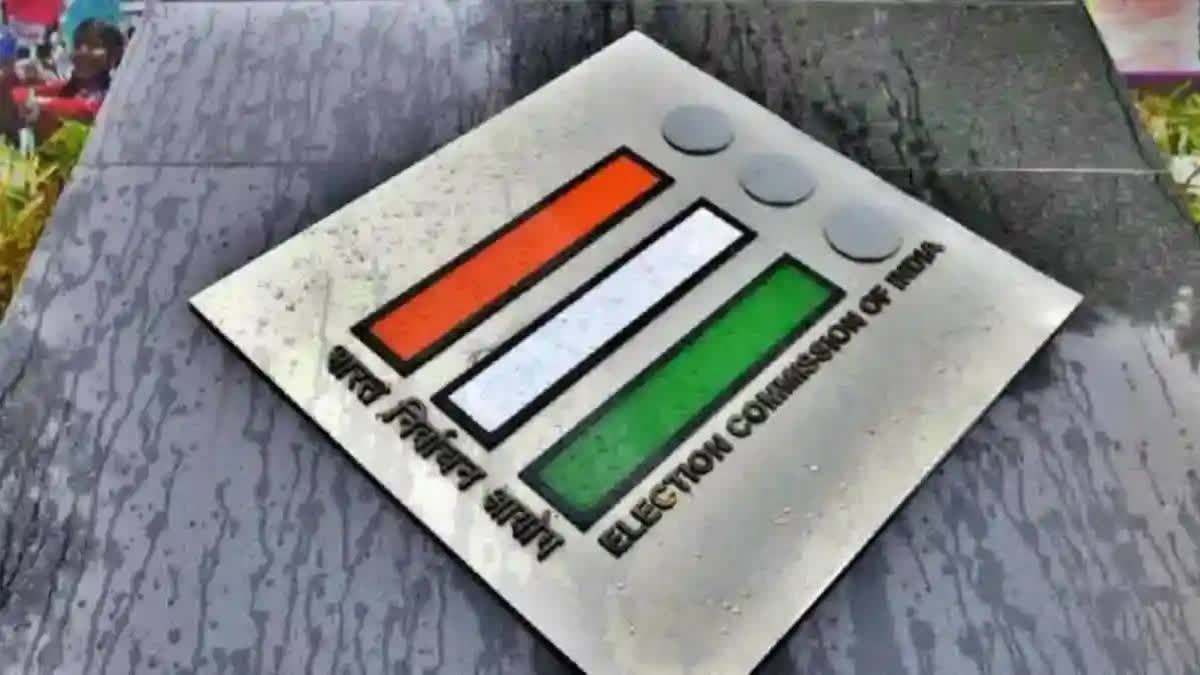New Delhi: As the High-Level Committee on 'One Nation, One Election' submitted its report giving a push to the government strategy of conducting simultaneous polls, the report highlighted that simultaneous polls cannot only bring growth in Gross Domestic Product (GDP), but it also brings down the inflation rate.
The concept of 'One Nation, One Election' refers to the idea of synchronising elections at all levels of governments in the country. However, the idea of simultaneous elections is not new to India’s history. Simultaneous elections for the national and state assemblies were, in fact, the norm in India till 1967. The timing of four electoral cycles during 1951-52, 1957, 1962 and 1967 were harmonised at the national and state levels. The cycle of concurrent elections was, however, discontinued after the dissolution of several state assemblies in 1968 and 1969 by invoking Article 356 of the Constitution when all the state machinery was taken under the Central government’s jurisdiction.
Speaking to ETV Bharat, former Chief Election Commissioner (CEC) Taruvai Subayya Krishnamurthy said that simultaneous elections have certain advantages as far as economic and administrative factors are concerned. “From the point of view of administrative feasibility and saving costs and time, this simultaneous elections are certainly a preferable option,” said Krishnamurthy, who served as the 13th Chief Election Commissioner.
“Yes, it can help in improving the economic condition. However, politically it is being opposed by the regional opposition parties. They think that the federal feature of the Constitution will be affected. Although my experience has shown that voters have voted differently during Lok Sabha and Assembly elections, there is strong opposition that they may challenge the desirability of the proposal,” he said.
According to Krishnamurthy, the only point where he may not be able to agree is the suggestion that there should be an election for a limited period. “The committee suggested that if there is a hung Assembly or lack of confidence in the House and the government falls, then there should be an election for a limited period. I feel it is neither desirable nor pragmatic. There should be a vote of confidence, which can also elect a new leader,” said Krishnamurthy.
Gross Domestic Product (GDP) Growth
There is evidence that real GDP growth at both the national and state levels was higher following simultaneous election episodes compared to non-simultaneous episodes while inflation was lower. These effects are economically important. The report finds that fiscal deficit and public spending are higher and public spending tends to be skewed towards capital relative to revenue following simultaneous election episodes. The report also finds overall investment to be relatively higher and some suggestive evidence for comparatively better social and governance outcomes around synchronised elections.
Inflation
On average, the Consumer Price Index (CPI) annual inflation rate was lower for simultaneous episodes than non-simultaneous ones during the pre-election period. The inflation rates generally drop around both types of election cycles, but more so around simultaneous episodes.
Fiscal deficit
